Blog
Jewellok is a professional pressure regulator and valve manufacturer and supplier.
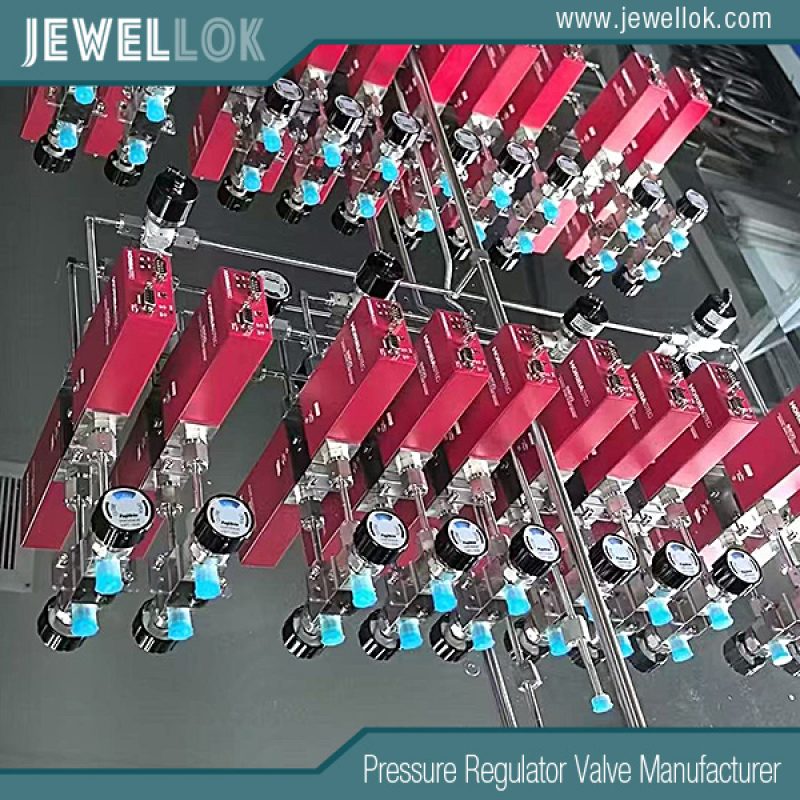
How To Select The Best Specialty Gas Changeover Manifold System
- Pressure Regulator Valve Manufacturer
- 200bar Semi-automatic Switchover Manifold, Automatic gas switchover system, automatic switchover manifold, Best Gas Manifold Manufacturers, co2 automatic changeover manifold, co2 cylinder auto changeover controller, High Purity Semi-Auto Stainless Steel Changeover Manifolds, Liquid nitrogen switchover manifold, Manual Changeover Manifold Systems, N2 H2 Manifold High Purity Gas Cylinder Regulator Panel, Semi-automatic Changeover Manifold Systems, Semi-Automatic Switchover Manifold, Single-Sided Gas Manifold Changeover Systems, specialty gas changeover manifold system, specialty gas equipment, Specialty Gas Equipment and Regulators, Specialty Gas Equipment China, specialty gas equipment manufacturer, Specialty Gas Fully Automatic Changeover Manifolds, Specialty Gas Manifold Manufacturer, Specialty Gas Manifolds, Specialty Gas Manifolds China, Specialty Gas Semi-automatic Changeover Manifold Systems, Specialty Gas Switchover Systems, Stainless Steel Semi-Automatic Specialty Gas Control Manifold Panel
- No Comments
How To Select The Best Specialty Gas Changeover Manifold System
In industries where precision, safety, and continuity are critical, managing specialty gases effectively is essential for operational success. Specialty gases, such as those used in laboratories, manufacturing processes, or medical applications, demand a delivery system that ensures purity, consistency, and an uninterrupted supply. This is where a specialty gas changeover manifold system becomes indispensable. These systems are designed to switch seamlessly between gas sources—typically from a primary to a secondary cylinder—without interrupting the flow of gas to the application. This capability is vital in environments where even a brief interruption can lead to costly downtime, compromised experiments, or, in medical settings, risks to patient safety.
Choosing the right changeover manifold system is a decision that can significantly impact efficiency, safety, and operational costs. A poor choice may result in inefficiencies, safety hazards, or unnecessary expenses, while the right system can enhance performance and reliability. This article provides a comprehensive guide to selecting the best specialty gas changeover manifold system by exploring the types of systems available, key factors to consider, and the importance of choosing a reputable manufacturer. By the end, you’ll have the knowledge needed to make an informed decision tailored to your specific needs.

Types of Changeover Systems
Specialty gas changeover manifold systems come in three main types: manual, semi-automatic, and fully automatic. Each type offers distinct advantages and drawbacks, and the best choice depends on your application’s requirements, budget, and the importance of avoiding interruptions in gas supply.
Manual Systems
Manual changeover systems are the simplest and most cost-effective option. In these systems, an operator monitors gas levels and manually switches from the primary to the secondary gas source when the primary cylinder is depleted. The system typically includes a manifold with valves that the operator adjusts to redirect the gas flow.
– Advantages:
– Cost-Effective: Manual systems have a low initial cost and are easy to install.
– Simplicity: Their straightforward design requires minimal maintenance.
– Suitability: Ideal for applications with low gas usage or where brief downtime is acceptable.
– Disadvantages:
– Human Dependency: The need for manual intervention increases the risk of downtime if the operator is unavailable or misses the depletion point.
– Purity Risks: Manual handling may introduce contamination risks, making these systems less suitable for high-purity gas applications.
For example, in a small lab with infrequent gas use, a manual system might suffice. However, in a busy manufacturing plant, the potential for downtime could outweigh the cost savings.
Semi-Automatic Systems
Semi-automatic systems strike a balance between manual and fully automatic options. They automatically switch from the primary to the secondary gas source when the primary cylinder reaches a preset low-pressure threshold. However, resetting the system or switching back to the replenished primary source typically requires manual action.
– Advantages:
– Reduced Downtime: Automatic switching minimizes interruptions compared to manual systems.
– Cost Efficiency: Less expensive than fully automatic systems, making them a practical choice for budget-conscious operations.
– Flexibility: Suitable for applications where occasional manual intervention is manageable.
– Disadvantages:
– Manual Reset: The need for human action to reset the system can still cause delays if not addressed promptly.
– Limited Precision: These systems may lack the advanced control features of fully automatic options.
Consider a medium-sized research facility: a semi-automatic system could maintain gas flow during experiments while keeping costs lower than a fully automated alternative.
Fully Automatic Systems
Fully automatic changeover systems are the most advanced and reliable option. They switch between gas sources seamlessly without human intervention and can reset automatically once the depleted cylinder is replaced. These systems often include features like electronic monitoring, alarms, and remote notifications.
– Advantages:
– Uninterrupted Supply: Ensures continuous gas flow, critical for applications like medical oxygen delivery or precision manufacturing.
– Enhanced Safety: Features like automatic purging reduce contamination risks.
– Convenience: Minimal oversight required, freeing staff for other tasks.
– Disadvantages:
– Higher Cost: The initial investment and maintenance expenses are significantly greater.
– Complexity: Requires specialized training and technical support.
In a hospital setting, where an uninterrupted oxygen supply is non-negotiable, a fully automatic system’s benefits far outweigh its costs.
Factors to Consider
Selecting the best specialty gas changeover manifold system involves evaluating several key factors to ensure it meets your application’s immediate and long-term needs. These factors include gas type, pressure requirements, flow rate, number of cylinders, safety features, ease of maintenance, and cost.
Gas Type
The type of gas you’re handling is a foundational consideration, as different gases have unique properties that dictate system compatibility.
– Corrosive Gases: Gases like chlorine or ammonia require corrosion-resistant materials (e.g., stainless steel or specialized alloys) to prevent leaks or system failure.
– Inert Gases: Nitrogen or argon demand systems that maintain purity, though material compatibility is less critical.
– Flammable Gases: Hydrogen or acetylene need additional safety features, such as flashback arrestors or explosion-proof components.
Consulting your gas supplier or a specialist can help identify the right materials and features for your specific gas.
Pressure Requirements
The system must handle your application’s pressure needs, from the cylinder’s inlet pressure to the required outlet pressure.
– High-Pressure Applications: Require robust systems with reinforced components or specialized regulators to withstand high pressures safely.
– Low-Pressure Applications: May use simpler systems, but consistent pressure delivery remains essential.
Pressure relief valves are a must to prevent over-pressurization, regardless of the application.
Flow Rate
The system should deliver gas at the required flow rate without pressure drops or interruptions.
– High Flow Rates: Industrial processes may need larger piping or multiple cylinders in parallel to meet demand.
– Low Flow Rates: Laboratories with minimal flow needs can opt for smaller systems, but switchover interruptions must still be avoided.
Calculate your maximum flow rate and ensure the system exceeds this requirement for reliability.
Number of Cylinders
The system’s capacity to handle multiple cylinders affects its scalability and maintenance frequency.
– Scalable Systems: Allow additional cylinders to be added, ideal for growing operations or variable usage.
– Fixed Systems: Cost-effective for stable gas needs but less flexible.
Consider both current usage and potential future growth when choosing.
Safety Features
Safety is non-negotiable when handling specialty gases. Key features to look for include:
– Pressure Relief Valves: Prevent over-pressurization by venting excess gas.
– Check Valves: Stop backflow to avoid contamination or gas mixing.
– Alarms: Notify operators of switchovers or low gas levels for timely action.
– Purge Functions: Essential for high-purity gases to eliminate contaminants during switchover.
Tailor these features to your gas type and application for maximum safety.
Ease of Maintenance
A system’s maintainability impacts its long-term reliability and cost.
– Accessibility: Components should be easy to inspect, clean, or replace.
– Serviceability: Look for designs that minimize downtime during servicing.
– Documentation: Comprehensive manuals and maintenance schedules from the manufacturer are crucial.
A hard-to-maintain system can increase costs and risks if upkeep is neglected.
Cost
While cost is a factor, it’s not the only one. Balance initial expenses with long-term value.
– Initial Cost: Manual systems are cheapest; fully automatic systems are priciest.
– Operational Costs: Factor in downtime, maintenance, and cylinder replacement expenses.
– Total Cost of Ownership: A higher upfront cost may save money over time by reducing disruptions or maintenance needs.
For instance, a fully automatic system’s higher price might be justified in a critical application where downtime costs thousands per hour.
Choosing a Manufacturer
The quality of your changeover manifold system depends heavily on the manufacturer. A reputable provider ensures reliability, support, and peace of mind.
– Reputation: Research manufacturers with strong industry track records. Look at customer reviews, case studies, or certifications.
– Support and Training: Choose a supplier offering installation help, operator training, and troubleshooting assistance.
– Warranty: A solid warranty protects against defects and unexpected failures.
Opting for a manufacturer that offers customization can also ensure the system meets your exact specifications.

Conclusion
Selecting the best specialty gas changeover manifold system requires a thorough assessment of your application’s needs and the available options. Start by understanding the types of systems—manual, semi-automatic, or fully automatic—and their suitability for your operation. Then, evaluate critical factors like gas type, pressure, flow rate, cylinder capacity, safety features, maintenance ease, and cost to narrow your choices. Finally, partner with a reputable manufacturer to guarantee quality, support, and longevity.
The right system can enhance efficiency, ensure safety, and reduce costs, making it a valuable asset for any organization relying on specialty gases. Whether you’re equipping a lab, factory, or medical facility, careful consideration will lead to a solution that meets both current demands and future growth.
For more about how to select specialty gas changeover manifold system, you can pay a visit to Jewellok at https://www.jewellok.com/what-is-specialty-gas-semi-automatic-changeover-manifold-systems/ for more info.
Recent Posts
Which Gas Pressure Regulator is Best for Laboratory Use?
Complete Guide to Choosing the Best High Pressure Nitrogen Gas Regulator
Tags
Recommended Products
-
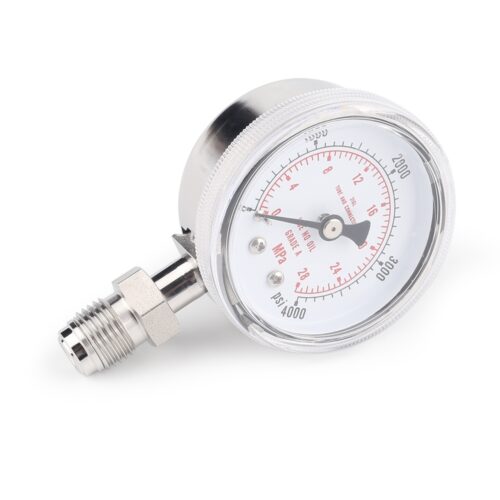
Ultra High Purity Oxygen Pressure Gauge For Semiconductor Gases JG Series Pressure Instruments For Semiconductor Manufacturing
-
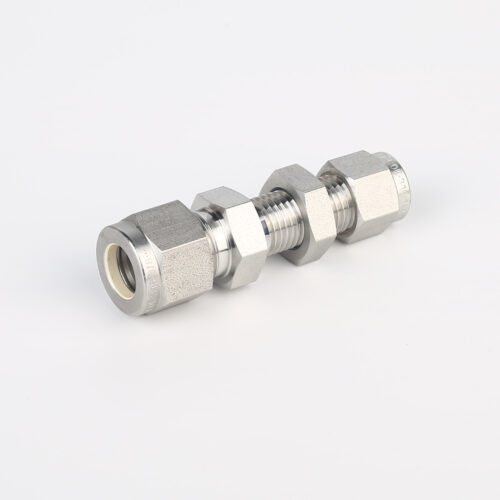
775L Bulkhead Reducing Union | Stainless Steel High Purity Double Ferrule Bulkhead Reducing Unions
-
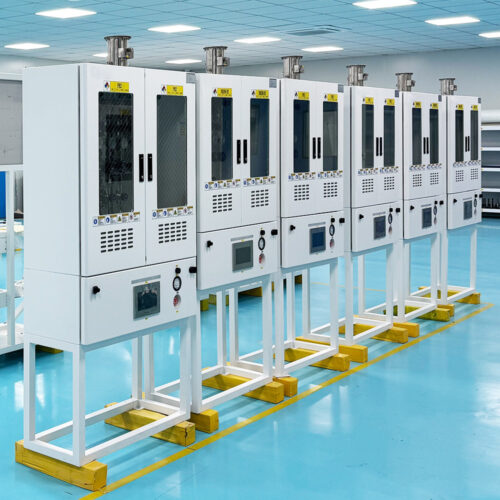
Ultra High Purity Gas Delivery Systems And Liquid Chemical Delivery Systems JW-300-LDS
-
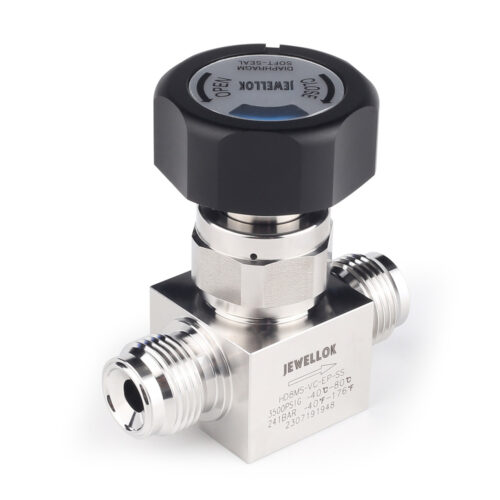
Stainless Steel Ultra High Purity (UHP) High Pressure Manual Diaphragm Valve
-

764L Stainless Steel Union Tee High Purity Fitting Union Tee Reducing Tubing Connection
-
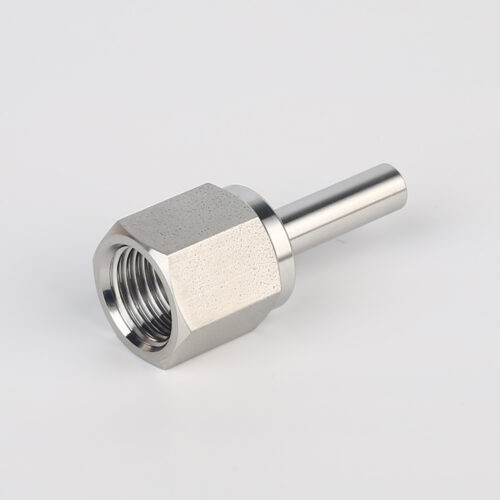
739LF High Purity Female Adapter Tube To Pipe Fittings And Connectors
-

Stainless Steel Single Stage Semiconductor Grade Pressure Control Module Pressure Control Panels JSP-6A Series
-

Stainless Steel Mini Elbow Mini Tee Mini Cross Mini Tribow Ultrahigh Purity Mini Butt Weld Fittings